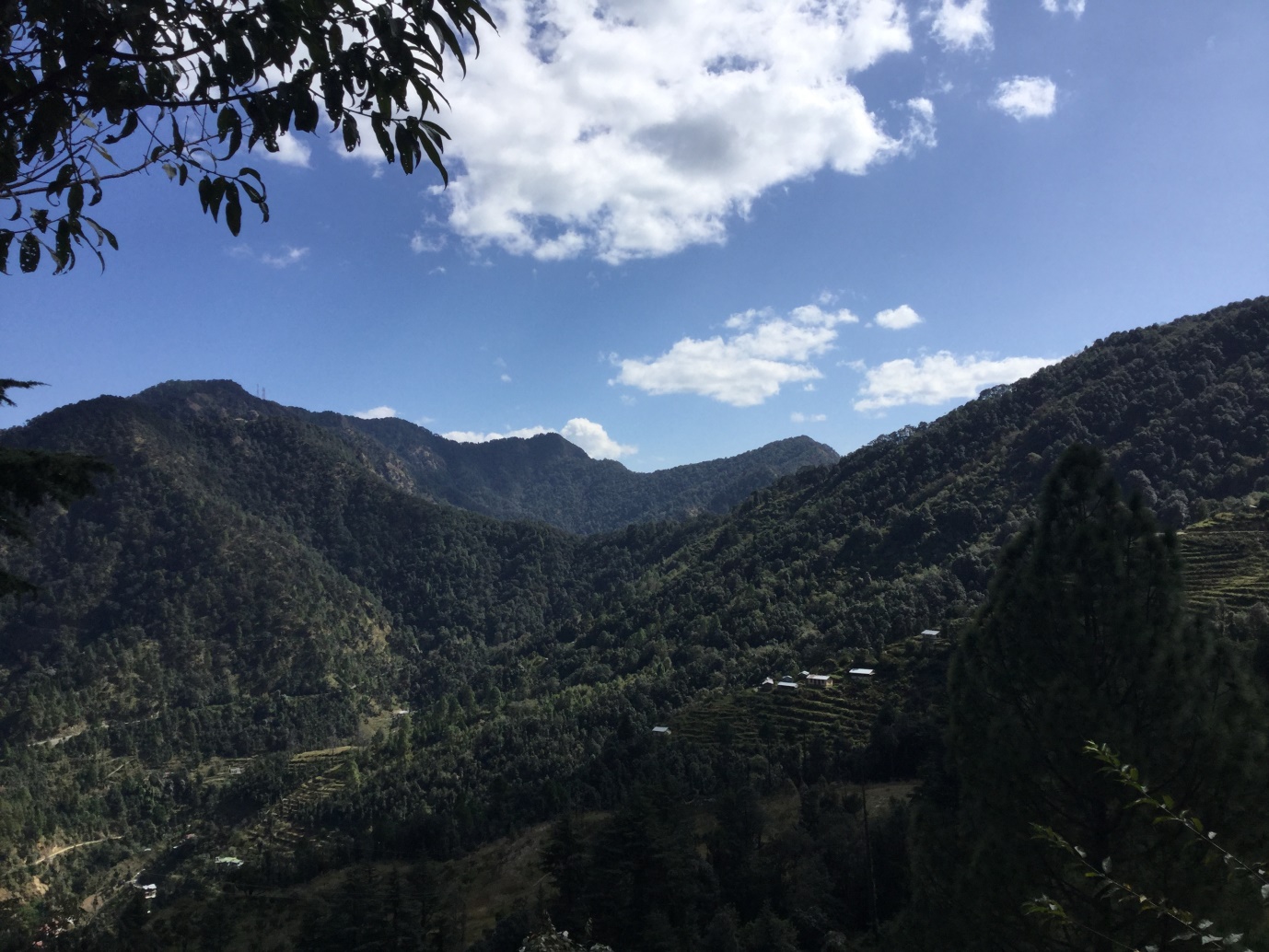The greater part of the Horn of Africa region is seeing a steady worsening of hunger and starvation, as four years of rain failure have tasted the limits of the coping mechanisms of people.
In Somalia, a country of around 16 million people, nearly 260,000 people are reported to have died in the famine of 2010-11. The international community was alerted to the serious threat at a very late stage then. This year there have been more warnings from the United Nations and other sources but nevertheless aid commitments are much lesser than actual needs.
Earlier Somalia used to get much of its food imports from Russia and Ukraine, but these supplies have become very difficult this year. The situation is particularly serious in southern and central parts, particularly Baidoa and Burhakaba.
A recent UN report said that 3 million animals have died in recent times. The last three months of the year may see the beginning of famine conditions which can last till March, if not longer. The situation is already described to be potentially more serious than in 2010-11.
There is also the problem of humanitarian workers not having easy access to areas affected by conflicts. Some of these areas have a large number of internally displaced persons. While elections were held in May, a terror attack in Hayat hotel in the capital city of Mogadishu has raised concerns over the possibilities of violence increasing in times of such a serious hunger situation. 40 people are reported to have died in this attack while nearly 70 were injured.
The situation of hunger is also reported to be serious in Ethiopia, particularly its southern and eastern parts, and in Kenya, particularly northern and eastern parts. In mid-August, the World Food Program stated that nearly 22 million people are at risk of starvation in these three countries which now face the worst drought in 40 years following four years of rain failures. These three countries ( Somalia, Ethiopia and Kenya) have a total population of around 185 million people.
However some agencies refer to a Greater Horn of Africa region, including other countries Djbouti, Sudan, South Sudan and Uganda as well. In August the WHO released a statement saying that 37 million people including 7 million children less than five years of age are at serious risk. While serious drought is the main issue in the bulk of this region, South Sudan has suffered from three years of consecutive flooding, this statement said. Nearly 8.3 million people here, or almost 75% of the population, face serious risks.
It is strange indeed that in a region which is experiencing such a serious situation, regarding which repeated warnings too are being voiced by the United Nations, there has not yet been adequate commitment of essential aid funds from various parts of world. A well-funded system of ensuring relief should have been in place by now, not having to worry much about the funding part so as to be able to devote more attention to detailed planning, but unfortunately the situation we still see is that even essential funding is lagging behind. If one looks at all the frivolous and wasteful expenditure taking place in some of the richest countries, what is needed to meet the most essential needs of the people of this region (suffering from some of the worst disaster situations and the worst impacts of climate change, resulting in turn in very serious hunger/starvation situation and impending famine) is only a very small share of this , but even this is not becoming available readily and the aid commitments still ( at a time when several areas are close to famine) are falling much short of what is required.
Of course just now the most pressing need is to somehow make available adequate food and meet other basic needs as well as to set in place relief disbursement systems with community involvement so that all those who need urgent help can be covered. But later there is also a clear need to go beyond this and also look at how time-honored coping mechanisms and survival strategies for difficult times have been disrupted due to not just conflicts but also distorted development strategies and projects pushed by big business interests. While the need for having development priorities and patterns which are most appropriate keeping in view local conditions has always been there, this need has increased all the more in recent times of climate change. The bigger challenge ahead is to move towards such development patterns which are most in keeping with local needs and conditions.
Bharat Dogra is Honorary Convener, Campaign to Save Earth Now. His recent books include Planet in Peril, Man over Machine and A Day in 2071.














